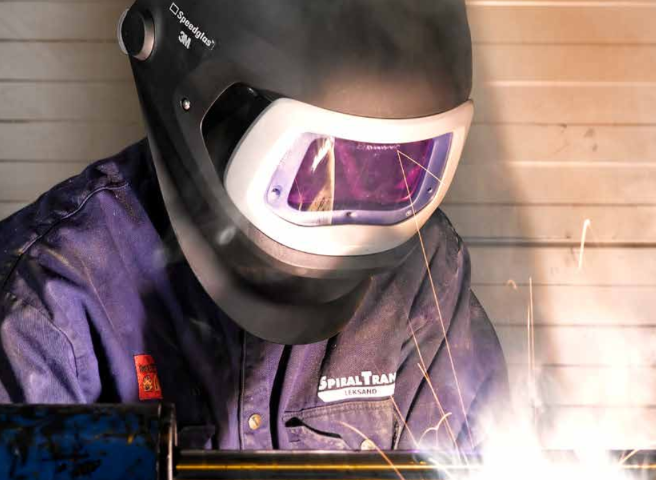If Your Welding Boots Have Laces, They Are Not Welding Boots…

Many large project sites in Australia have made it mandatory that all workers wear lace-up, zip sided boots to prevent rolled ankles and allow for quick removal. This may make sense for the majority of workers – but not for welders.
The Welding Processes Code of Practice released by Safe Work Australia states that foot protection worn by welders should be “non-slip, heat and fire resistant”2 and that “welders should avoid using foot protection that has the potential to capture hot sparks and metal debris”2, using ‘laces’ as an example of what NOT to wear. Simply put, if your welding boots have laces, they are not welding boots and they put you at risk.
One Size Does Not Fit All
Safety, protective and occupational footwear should be worn to reduce injuries to feet. Different situations or work duties pose different risks therefore it’s important to identify the specific risk/s associated with each duty. What is good for the majority may not be good for all.
Welders are exposed to unique risks that other workers may not encounter. These include heat, spatter, sparks and potentially flames. Welders wear unique Personal Protective Equipment (PPE) like welding helmets, welding gloves and welding aprons, so why are they not wearing appropriate welding boots?
Making it mandatory that welders wear boots with laces while welding is increasing the risk to welders’ health and safety. It is not suitable for the nature of the work that welders carry out each day. Laces introduce a new hazard to the welder as molten metal, sparks and hot debris are collected in a focused capture point. The burn risk to the welder is significantly increased, especially if the boots worn are not heat or fire resistant.
The Burning Issue
Burns are one of the most common injuries associated with welding. Care should always be taken to identify and eliminate risk. “200,000 Australians suffer burns annually with a cost to the Australian community of over $150 million dollars per annum”. The majority of these injuries could easily be avoided with the correct PPE and/or safety precautions in place.
Who is Responsible for Welder Safety in the Workplace?
The employer has the primary duty to ensure that welders are not exposed to health and safety risks arising from welding duties. If PPE, like welding boots, “are to be used at the workplace, the person conducting the business or undertaking must ensure the equipment is selected to minimise risk to health and safety by ensuring that the equipment is suitable for the nature of the work and any hazard associated with the work”.
How to Select the Right Boot for Welding
“When PPE is worn by workers, it should not introduce other hazards to the worker”. Boots that are provided to welders should be suitable for welding and in alignment with The Welding Processes Code of Practice released by Safe Work Australia.
Download The Welding Boot White Paper




